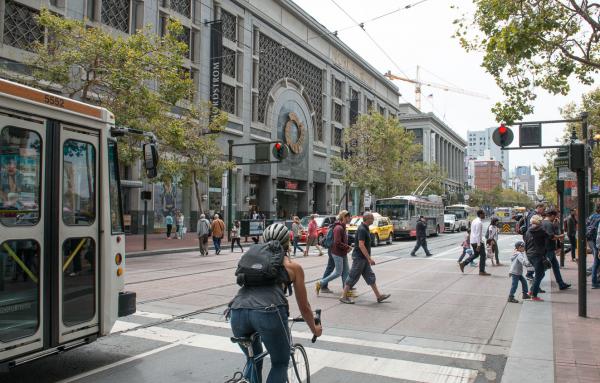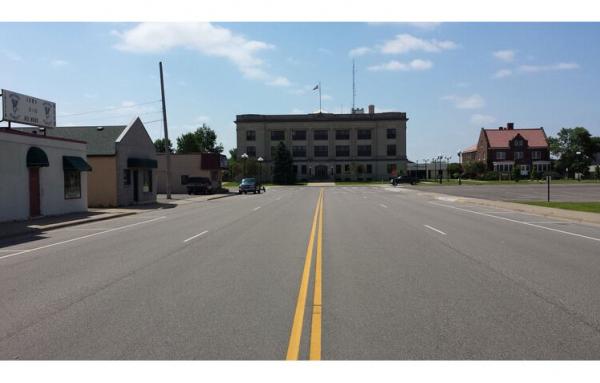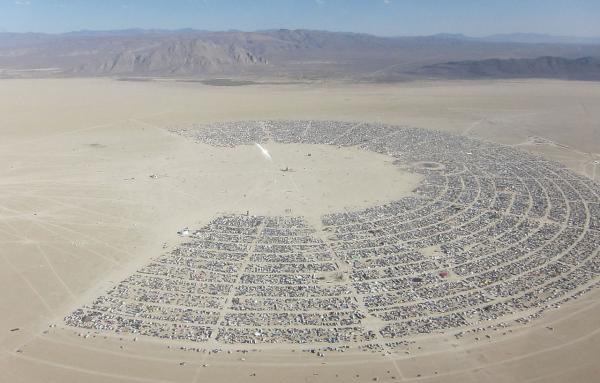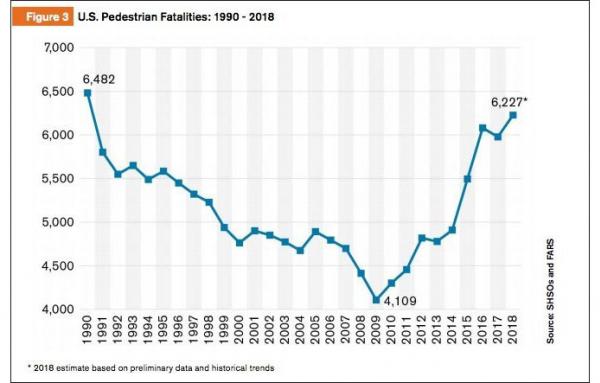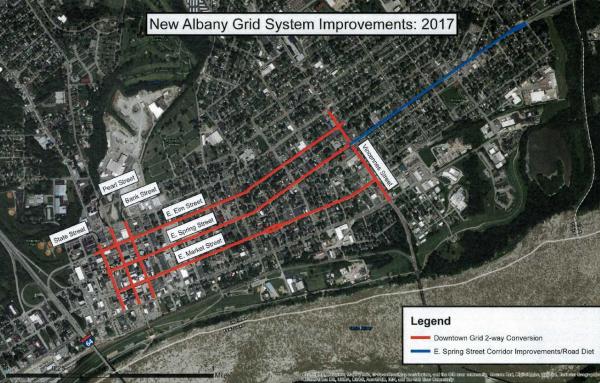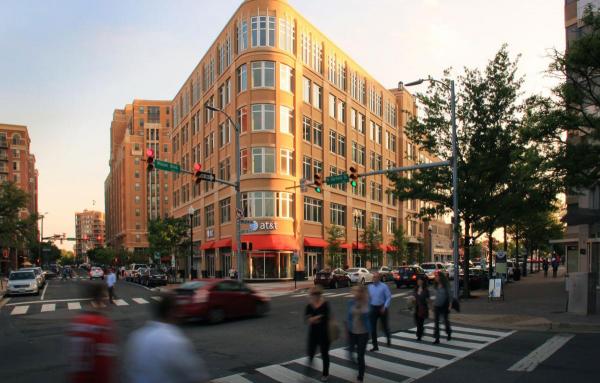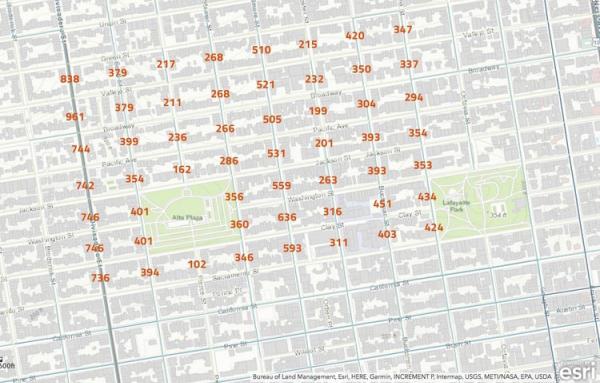Streets
Banning of cars is the first step in a streetscape reconstruction of the city’s major thoroughfare.
Our cities desperately need professional engineers to realign their values to reflect those of the broader society, and we can start by making streets no wider than they need to be.
The decision of a city in Texas to plan for new growth using a grid of streets has inspired readers and makes a lot of sense.
New, lean code deals with flooding issues and fiscal sustainability for fast-growing historic city in the Austin area.
The city of Oak Park has the density—it needs placemaking, and that is why an automobile-oriented corridor is being transformed with a linear greenway and complete street.
Street grids hold special power to solve problems of massive urbanization, according to Nobel Prize winning economist Paul Romer.
We have made cars safer, but we still are reluctant to make streets safer.
Two-way streets prove safer, more walkable, and more supportive of business than one-way streets for Midwestern cities.
Our model for traffic congestion is flawed. We need to make the crucial distinction between good and bad congestion and plan our transportation systems accordingly.
A hierarchical system of subdivisions branching off of arterial roads is a "perfect recipe for congestion."
A new report called Dangerous By Design 2019 once again reminds us that thousands of people on foot are cut down each year in violent, preventable deaths.
Walkable City Rules: 101 Steps to Making Better Places shows how to make communities walkable—and better places to live.
